Made in 1964, Uproar in Heaven is still China’s most famous and successful animation. It is often screened during Chinese New Year (also called the ‘Spring Festival’) and is beloved of generations of Chinese children.
The film is based on Journey to the West, one of the great masterpieces of Chinese classical literature, which was completed in 1553 by Ming Dynasty writer Wu Cheng’en (1500 - 1582). It is based on the real story of the Tang Dynasty (618 - 907) Buddhist monk Xuan Zang, who introduced Buddhism to China after travelling to India to find and translate the sutras, the holy texts of Buddhism. The book is an allegory of the monk’s seventeen-year journey, which incorporates many elements from the Taoist and Buddhist religions, and represents the spiritual journey to enlightenment central to Buddhism, whilst at the same time it is a great adventure story.
On the way Xuan Zang rescues the Monkey King, Sun Wukong the mischievous protagonist of Uproar in Heaven, after he has been trapped under a rock for 500 years because of his conflict with the Jade Emperor of heaven. He becomes the monk’s disciple and bodyguard to atone for his sins. Born from a rock, the Monkey King rides around on a cloud and is an accomplished magician and martial artist. He fights with an enchanted pole that he stole from the king of the underworld and which he shrinks down and keeps in his ear!
An o nline version of The Journey to the West illustrated with traditional Chinese ink painting is available at:
http://www.china-on-site.com/literatu/classic/west/index.html
Uproar in Heaven was made in 1964 by Wan Lai-Ming (1901-1997), who was a pioneer of animation in China, along with his three brothers: Wan Gu-Chan, Wan Chao-Chen and Wan Di-Huan.
Although the four brothers worked together on most projects Wan Gu-Chan alone is credited for inventing cut-out animation with his film ‘Zhu Bajie Eats Watermelon’ (1958) – the first instance of a style now made famous in the South Park cartoons.
In 1924 Wan Lai-Ming and Wan Gu-Chan made Uproar in the Studio (1924) for the Great Wall Film Company, which is recognised as the first Chinese animation, and in 1935 they made the first sound animation The Camel’s Dance. Later Wan lai-ming would complete his hat-trick by making Why is the Crow Black-Coated? (1956), the first animation in colour.
In 1939 the brothers saw Disney’s Snow White and were inspired to make a Chinese equivalent, Princess Iron Fan (1940), for Xinhua Film Company, which was the only Chinese production company still functioning during the Japanese Occupation of China. Uproar in Heaven was originally planned just after princess Iron Fan, but the devastating impact of the Sino-Japanese War (1937-1945) made the project impossible to realise.
In 1954 Wan Lai-ming became president of the Shanghai Animation Studio, a studio established by the communist party in 1950 after the war. Uproar in Heaven (1964) was the studio’s most significant contribution to world animation and made the four brothers internationally famous, winning prizes at the 1978 London International Film Festival and the Karlovy Vary Film Festival in the Czech Republic, a country also famous for its animation. It was also a direct influence on young Japanese animator Osamu Tezuka, who created the famous Astro Boy series. In the 1970s the legend of the Monkey King also became the basis for a successful live action series made in Hong Kong.
Uproar in Heaven was shown in China in 1965 to great acclaim, but the very next year the Cultural Revolution began, ending the country’s brief animation golden age. The studio was closed down and the majority of its workers relocated to the countryside to work on collective farms as labourers. The studio reopened in 1978 during the reform period and has continued to play an important role in China’s animation industry. The film was seen by many at the time as a metaphor of the havoc Mao Zedong caused in China during the Cultural Revolution, when millions of people were persecuted. The film’s title entered the language itself as a colloquial term for messiness. It also became a symbol of the rebellious generation born in the 1970s. |
|
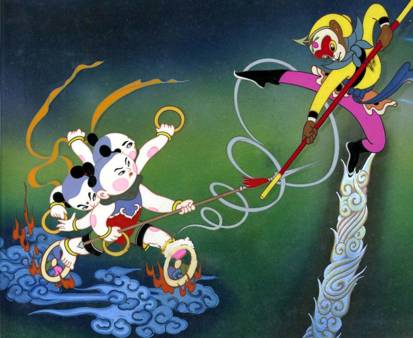
The Monkey King Sun Wukong in Uproar in Heaven
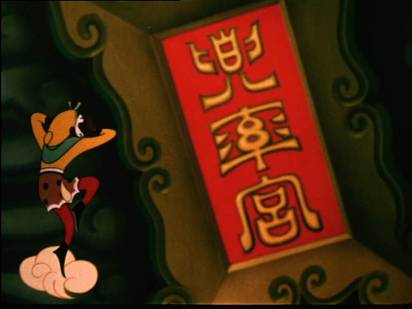
The Monkey King on his magic cloud
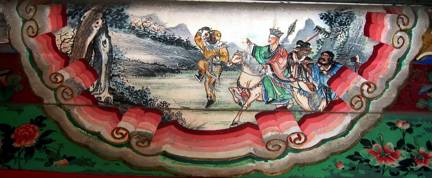
A panel depicting a scene from Journey to the West in the Summer Palace in Beijing
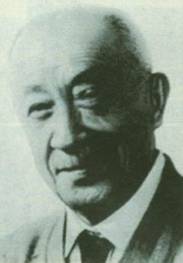
Wan Lai-ming
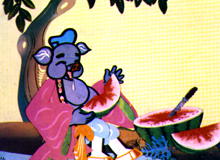
Zhu Bajie Eats Watermelon
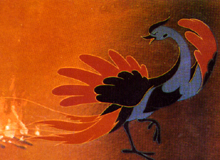
Why is the Crow Black-Coated?
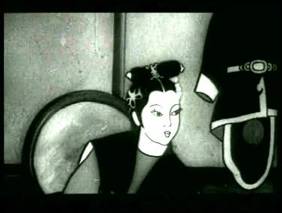
Princess Iron Fan
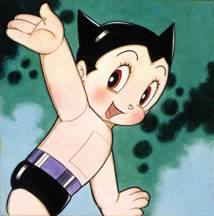
Astro boy
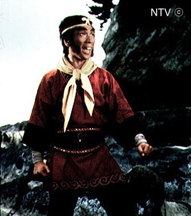
Monkey
|

